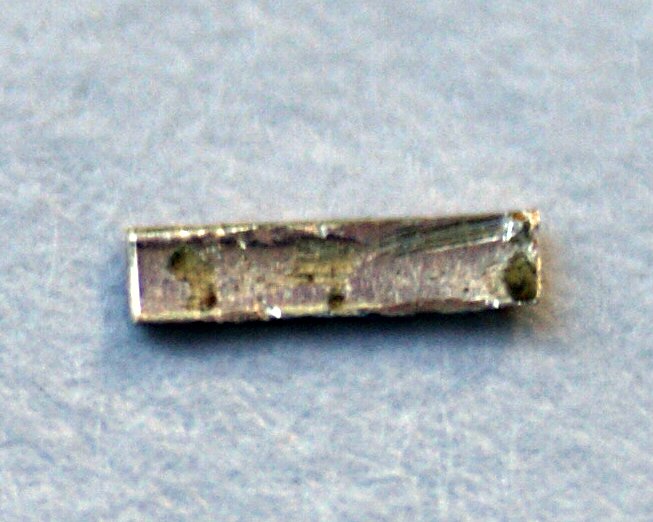Radium is a highly radioactive chemical element with the symbol Ra and atomic number 88. It is an alkaline earth metal and one of the rarest elements on Earth.

Due to its radioactivity and health hazards, radium is strictly regulated and controlled. Here are some key properties of radium:
Physical properties of radium
- Appearance: Radium is a silvery-white metal that quickly tarnishes and turns black upon exposure to air.
- Density: The density of radium is about 5.5 grams per cubic centimeter.
- Melting Point: Radium has a relatively low melting point of approximately 700 degrees Celsius (1,292 degrees Fahrenheit).
- Boiling Point: The boiling point of radium is estimated to be around 1,737 degrees Celsius (3,159 degrees Fahrenheit).
- State at Room Temperature: Radium is a solid at room temperature.
Radioactive properties of radium
- Decay: Radium is highly radioactive and undergoes radioactive decay. It decays into other elements through a series of decay steps, eventually reaching stable lead-206.
- Half-Life: The half-life of radium-226, the most common isotope, is approximately 1,600 years. This means that after 1,600 years, half of the radium sample will have decayed into other elements.
- Radiation: Radium emits alpha particles, beta particles, and gamma rays during its radioactive decay, making it a significant radiation source.
- Health Hazards: The decay of radium produces radon gas, which is a known carcinogen. Exposure to radium and its decay products can lead to various health risks, including an increased risk of bone cancer and other radiation-related illnesses.
Occurrence and Uses
- Abundance: Radium is extremely rare in the Earth’s crust, typically found in uranium and thorium ores.
- Historical Uses: In the past, radium was used in various applications due to its luminescent properties. It was used in luminous paints for watch dials, instrument panels, and clock hands. However, due to its health risks, its use has been largely discontinued.
- Medical Applications: In the past, radium was used in cancer treatments and as a therapy for certain diseases. However, its use in medicine has significantly diminished due to its high radioactivity and the availability of safer alternatives.
- Research and Scientific Applications: Radium is still used in certain research applications, particularly in nuclear physics and as a radiation source in laboratories.
It’s important to note that radium is a highly hazardous substance and should only be handled by trained professionals with proper safety measures and protocols in place. Due to its health risks, its use and handling are heavily regulated.